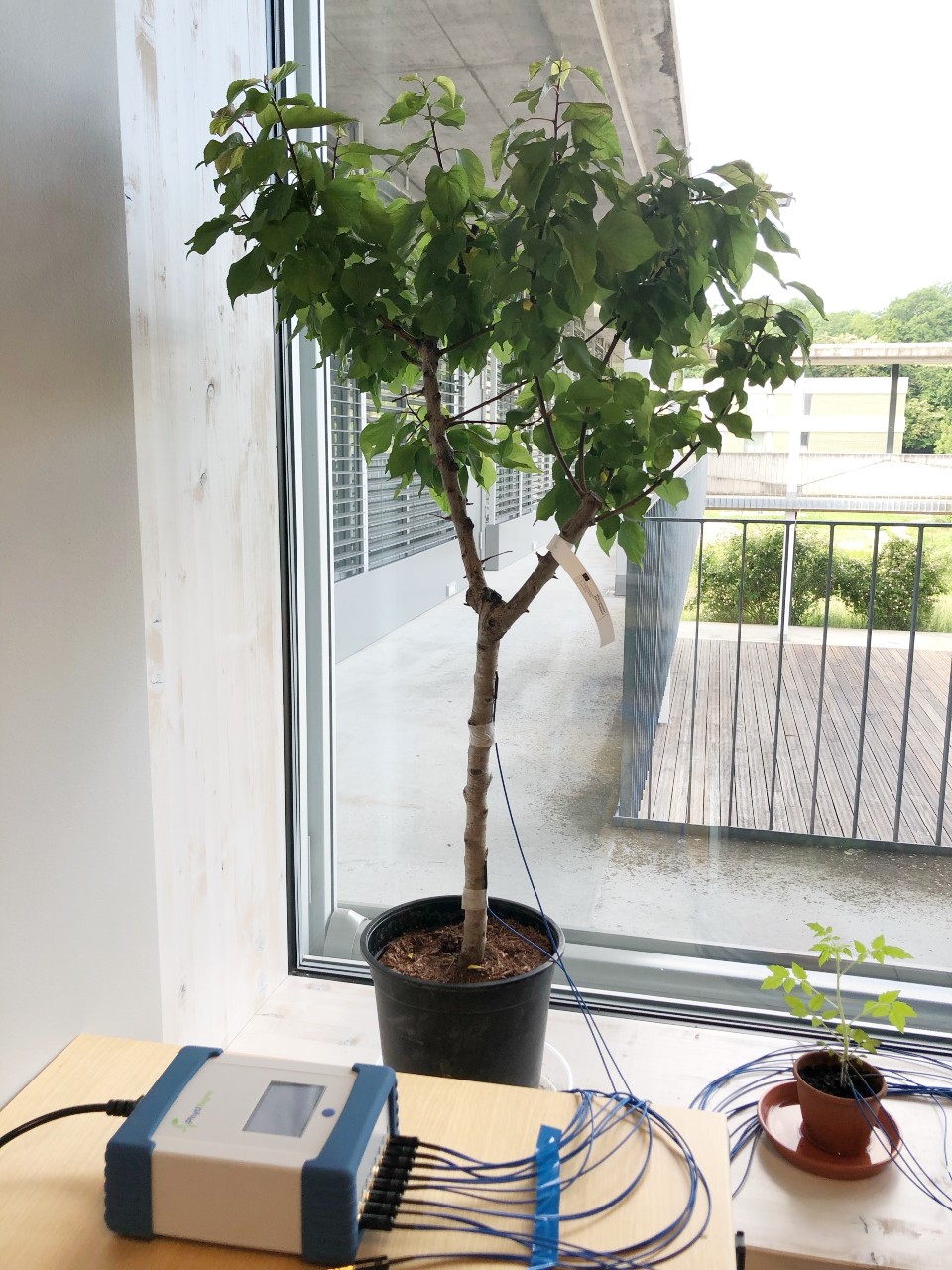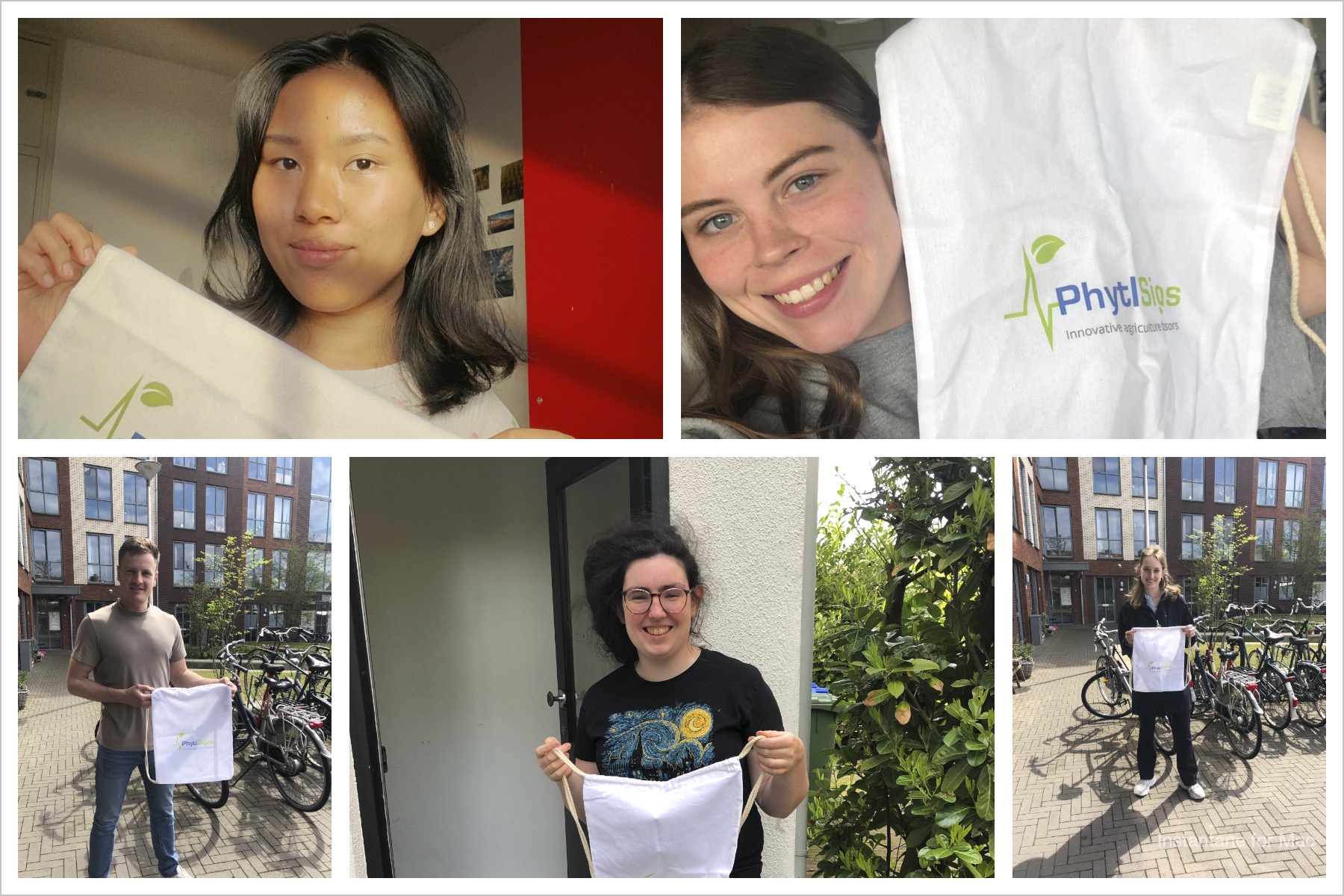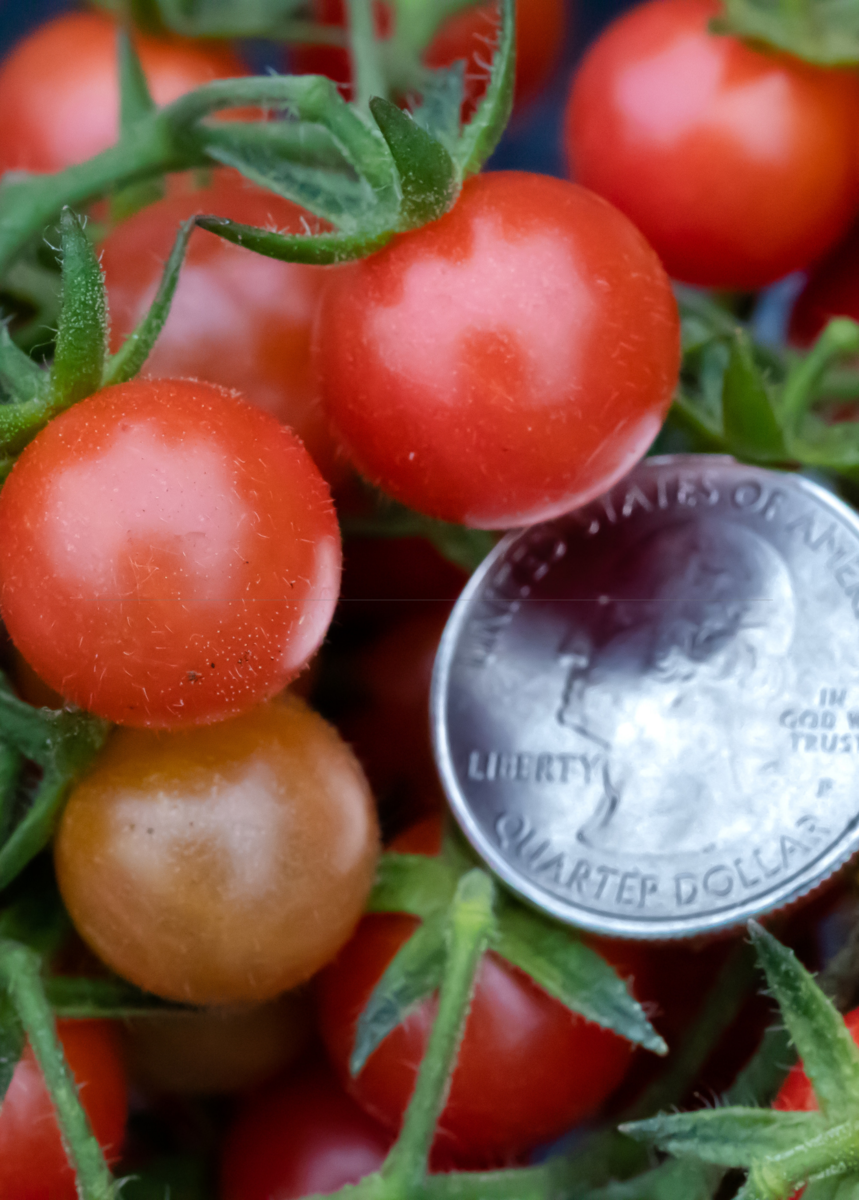
Plant biology is the science at the heart of maintaining the world around us, our future depends on it.
We need to find new ways of feeding the world, with increasing populations, with only a finite amount of space for agriculture. How can plant science and technology support these challenges?
We can think of at least ten reasons to study plant biology, and bringing PhytlSigns into the classroom or lab can help to bring the natural sciences to life for students:
- Plant biology integrates with so many other subjects – it links closely to chemistry but also physics and therefore to applications in engineering and medicine. The importance of plants in the arts and history is considerable, think of the influence of plants such as rubber, coffee, tea and sugar.
- Climate change and sustainable development – We can’t talk about climate change without discussing its impacts on agriculture. Our device can be used to test new varieties for heat and drought tolerance. How about a discussion on its use in indoor and vertical farming? What other sustainable farming practices are needed to produce healthy food that also protect the environment?
- The science of plant signals and electrophysiology -PhytlSigns taps into plant signals bringing a whole new dimension to discussing botany with students. Hook up the device to the stem and immediately see the signals emitted.
- Plant response to stimuli – Discover how plants respond to stimuli by watering the them, or placing it in bright sunlight or even just lightly touching its leaves.
- Stress conditions – place plants under different stress conditions and observe the signals. Set up an experiment to place a plant under stress e.g. water, under or over water it and the signals will vary. Discover that it will signal stress before wilting or other visible signs appear.
- Diurnal rhythms of plants – Monitor their diurnal rhythms, note how they change with the change in day length.
- Applications for the food sector – We can find out about the moment at which a plant will germinate or bloom or be ready for harvest. Think of the many practical applications – when will the bees need to come to my crop to pollinate?
- Pests and diseases – There is a multitude of pests that can attack a crop and we need to investigate new ways to fight disease and reduce crop losses.
- Plants as sensors – There are applications we haven’t even thought of yet, where plants themselves can act as sensors. Imagine a peace lily as a motion sensor in your home
- STEM – The possibilities for experiments and discussion are enormous and varied. We look forward to hearing from you, how you’ve used PhytlSigns with students.
Photo shows an 8-channel PhytlSigns device set up to an apricot tree and a tomato
Find out more about our technology in our in-depth webinar
Read about a biology student’s experiences with PhytlSigns




